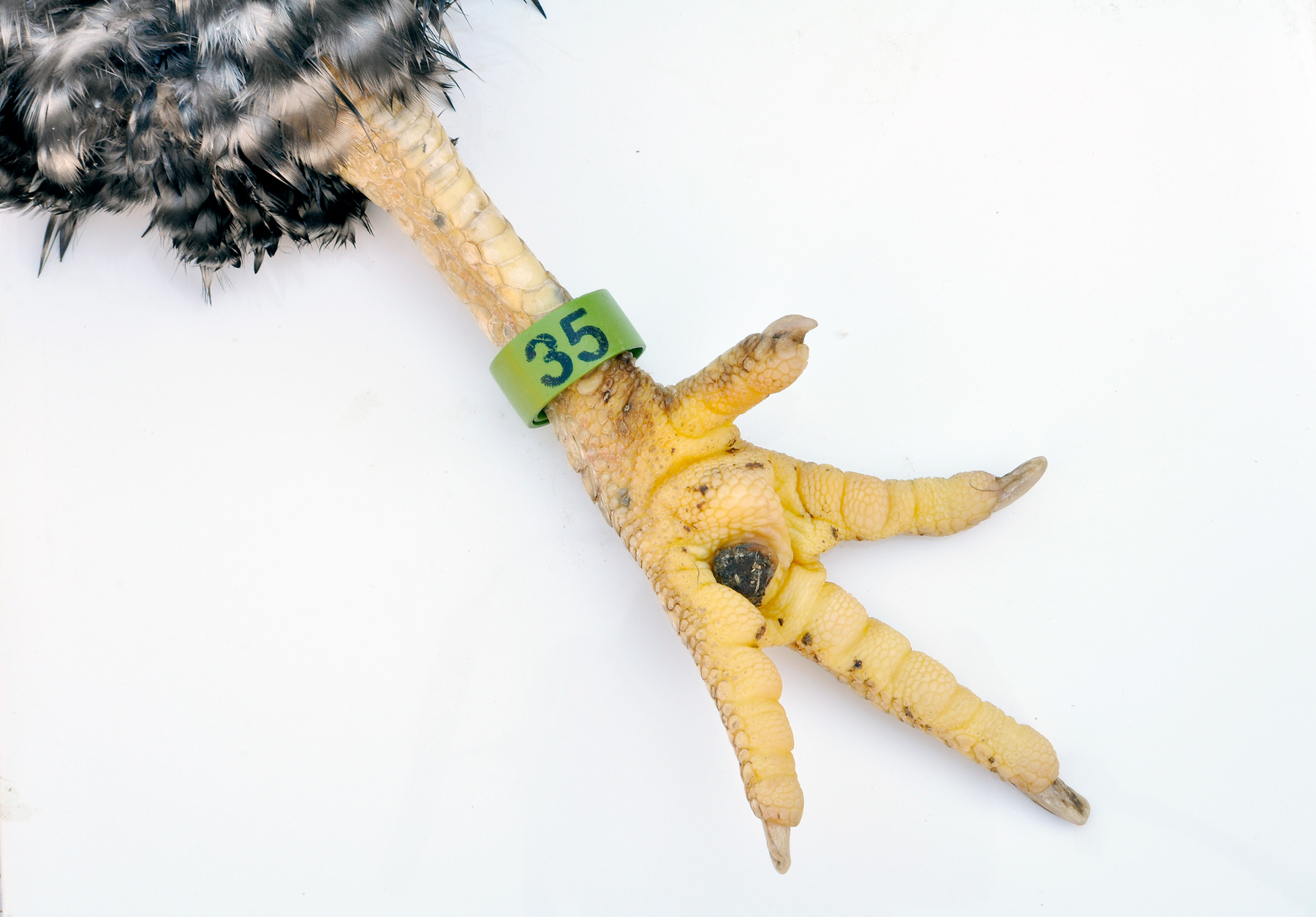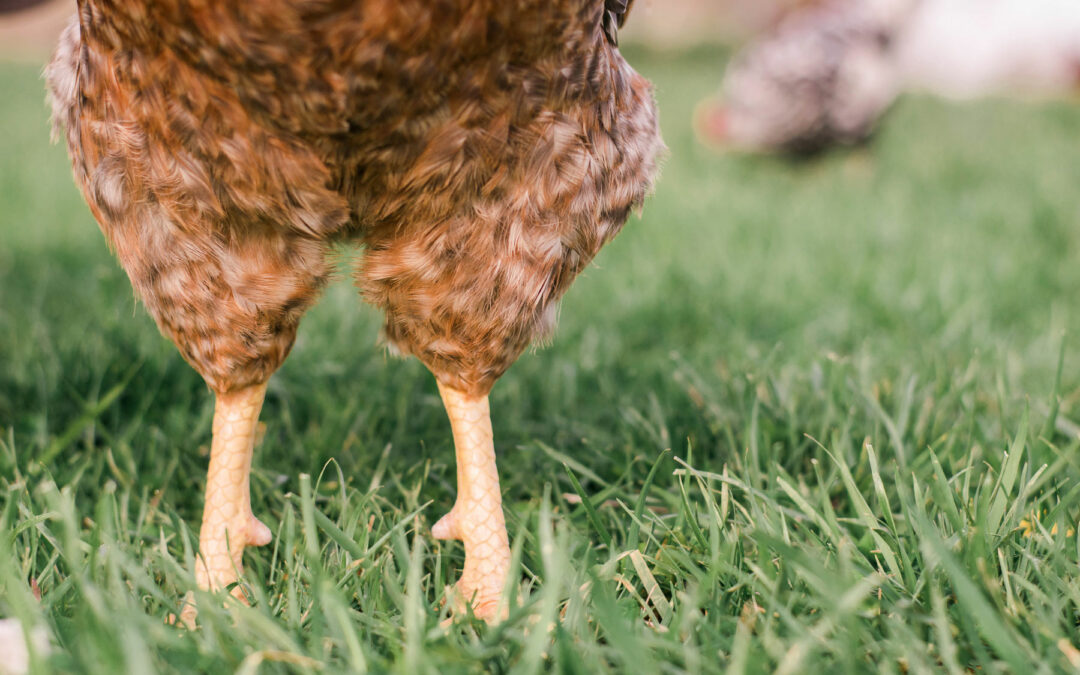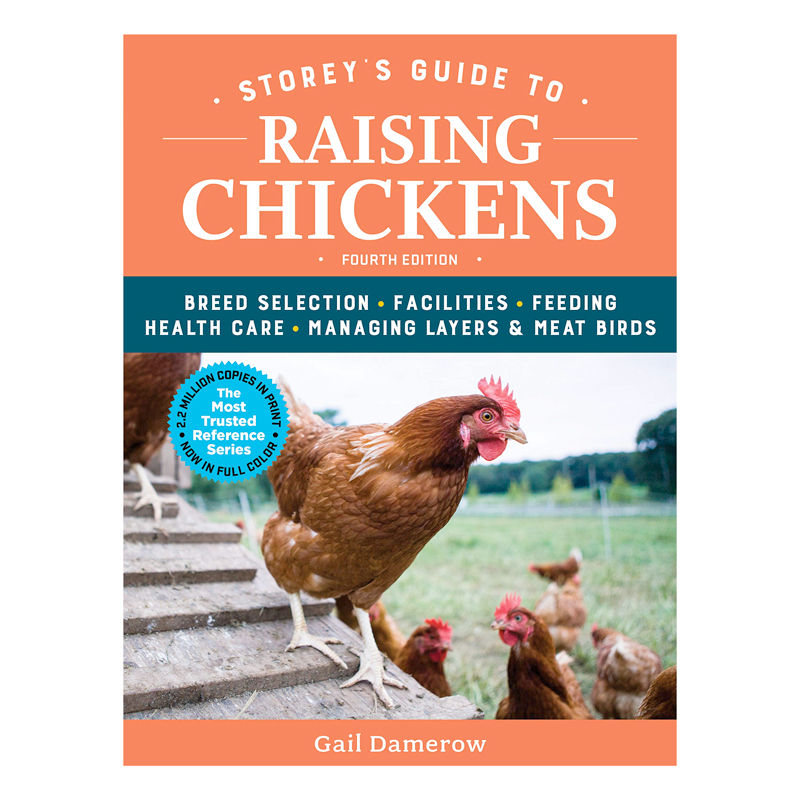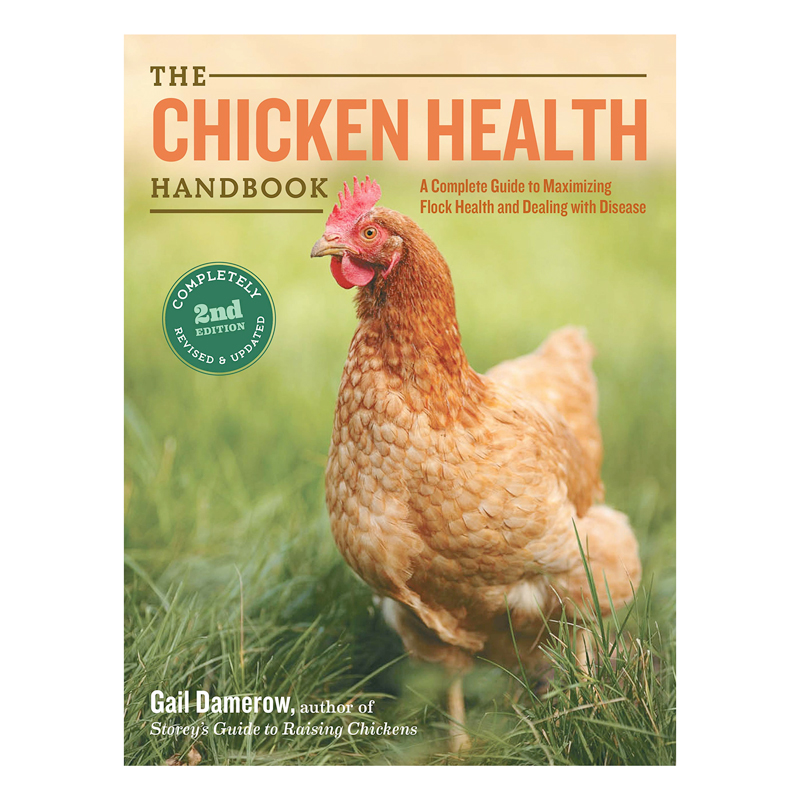What is bumblefoot?
Bumblefoot refers to an abscess in a bird’s foot pad. The abscess becomes hard and swollen, causing pain. As a result, the bird limps. A chicken or duck with an abscess in both feet is in bad shape.
Veterinarians call the condition pododermatitis. “Podo” refers to the foot, and “dermatitis’” is a skin inflammation.

Why is it called bumblefoot?
“It usually starts out as some sort of wound on the bottom of the foot. The wound becomes infected with Staphylococcus aureus bacteria. In other words, bumblefoot is a staph infection,” explains Ms. Damerow.
“It may start as a callus that splits, which can occur when a bird spends too much time on concrete, hardpan, or hardware cloth. Or, it may start as a bruise or cut from when a chicken scratches in hard or rocky soil, or jumps down from a high perch onto a hard surface. It may start with a splinter, a sliver of glass, or a bit of wire that pierces the bottom of the chicken’s or duck’s foot.
“Heavyweight breeds are more susceptible, simply because they put more pressure on their feet. For the same reason, overweight ducks and chickens of any breed are also susceptible,” she cautions.
Is bumblefoot contagious?
“No, it’s not contagious. Staph bacteria are present wherever you find poultry. However, a flock that frequently experiences bumblefoot is in need of management changes.”
What sort of changes?
“I would suggest clearing the coop and yard of sharp objects that could pierce the foot pad, and eliminating rough surfaces,” Ms. Damerow advises. “A yard that’s basically hardpan can be made more foot friendly if covered with construction sand. Inside the coop, shavings or other soft litter over wood or concrete makes the floor more comfortable for birds to walk on, and for chickens to land on when they jump down from a perch.
“Another factor is changing the litter as often as necessary to keep it clean and dry. Damp litter that’s covered with droppings can increase incidences of bumblefoot.”
What are signs of bumblefoot?
“Usually, the first sign is a chicken or duck that’s reluctant to walk, and limps when it does walk. At the bottom of the foot will be a callus-like lump or scab. If the infection is recent, it will be relatively soft. Sometimes the foot will be red and swollen, or feel hot to the touch.
“If the infection has been festering, the callus will be hard and covered with a black scab. At this advanced stage, the infection could spread to joints and bones, eventually deforming the foot,” she warns. “The infection won’t go away until the core is removed. That’s best done by a veterinarian, who can provide pain relief during the surgery and an antibiotic prescription afterward.”
Can the early stage be treated at home?
“Yes. First, put on a pair of disposable gloves, since the bacteria can infect humans.
Stand the affected bird in warm water for about 20 minutes, gently massaging the foot to rinse off any clinging dirt. Epsom salt dissolved in the warm water will help reduce inflammation and soothe the sore foot,” Ms. Damerow states.
“Try not to let the bird drink the water. It will be nasty with bacteria from the infected foot. And besides, Epsom salt is a laxative.
“After the foot is soaked, the softened lump might easily pull off; if not, soak some more. Some of the yellowish, cheesy, or waxy core may also come off. Encourage more of the core to come out by pressing outward, away from the abscess. Do not squeeze into the abscess, which could cause further injury.
“Rinse out the resulting hole with saline wound wash. Then, pack it with an antibacterial ointment, such as Neosporin,” she explains.
“To keep the foot clean while it heals, fill in the hole with gauze packing, then wrap the foot in a gauze pad secured with first-aid tape or vet wrap. Change the bandage daily until the foot heals. For a duck, you can get neoprene waterfowl booties online to protect the healing foot from dirt and moisture.
“While the wound heals, house the recovering bird in a quiet, warm, safe, clean environment with feed and plenty of fresh water. Do not provide a perch for a chicken, which can cause reinjury, or swimming water for a duck.”
How can bumblefoot be prevented?
“Preventing bumblefoot involves sound management practices, such as making sure the lowest perch in a chicken coop is no higher than 18 inches. Rounding off corners of perches and sanding away splinters is also a good idea. Be sure to provide clean, soft, deep, dry litter inside the coop. And feeding a proper ration also helps, since imbalanced nutrition can predispose poultry to bumblefoot.
Above all, regularly inspect your birds’ feet. In the event you spot signs of a potential infection in the making, you’ll be ready to take early action before it becomes a serious and painful case of bumblefoot.”

Cover photo courtesy of the Red Roost Inn. Bumblefoot image courtesy of Gail Damerow. Gail Damerow’s headshot by The Chicken Chick, Kathy Shea Mormino.




